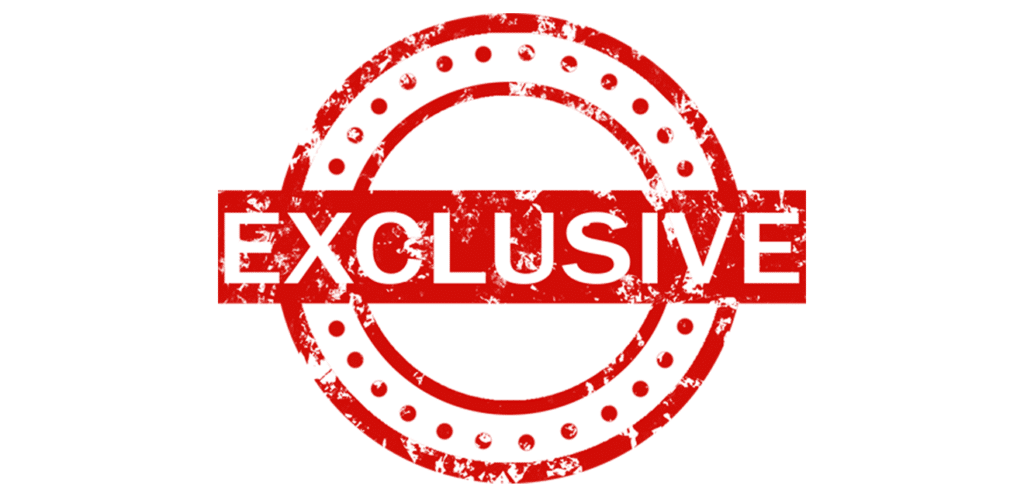Giving an exclusive to media can be a complicated process. Depending on your unique circumstances and how you define success, it may or may not be appropriate. How do you decide? Let’s explore what an exclusive is and whether you should consider offering one up. But before we dive in, let’s review the two most common types of exclusives:
Pure exclusive
First, there’s what I like to call a pure exclusive offer, where only one media outlet gets the story. Often, traditional media throw around the term exclusive when they get an interview that no other publication has.
As an example, we recently secured an exclusive funding announcement in the Wall Street Journal for our client, Smart Wires. The funding round was significant on its own, but it also had some interesting backers, making it the perfect opportunity for an exclusive.
Exclusive first run
The second type of exclusive is what I call an exclusive first run. This is where one media outlet runs a story first, and then others follow. Just because you do an interview with the first outlet doesn’t mean you can’t converse with another, you’re just allowing that first outlet to “break” the news (be sure to make this clear with the first run journalist).
In general, the types of announcements that warrant a first run exclusive usually involve industry data that your company has cultivated , a big name hire or even (in some rare cases) big product news. If your company isn’t high-profile (think Google, Apple, etc.), it can be difficult to get journalists to bite on exclusive product news (it needs to be very disruptive).
Now that we’ve covered the different types of exclusives, let’s get into their significance. Here are five things to consider when determining if a media exclusive is right for your brand.
1. Importance: If your news isn’t meaningful enough to draw significant eyeballs from the publication’s audience, no journalist will agree to an exclusive. Being “meaningful” is subjective. Here’s a simple example: a $15M investment round probably isn’t enough on its own for an exclusive, but a $100M round is. However, add interesting investors to the $15M round? You might just have yourself an exclusive.
2. Angle: Sometimes a good PR team can come up with a story angle that’s interesting enough to elevate otherwise mundane news (maybe there’s a hot trend it can be tied to, etc.). That said, PR pros don’t have magic wands… we can’t make a tier-one outlet care about your news just because it’s important to you and/or your target prospects.
3. Disclosures: Are you willing to share the details required to land an exclusive? For funding news, this might require overall valuation. For product news, it might be a brand name customer that’s willing to speak with the journalist.
4. Metrics: Which is better: one article in a high value publication or 30 across a combination of first and second tier outlets? There’s no right or wrong answer, but it’s important to consider the question. It may be possible to achieve both, but it’s entirely possible that by going for an exclusive, you’re giving up on much broader coverage that might be more valuable for customer traction, partnerships, or even board perception.
5. Success: What does success look like? Are you going to put your chips on the exclusive, only to have a three-paragraph summary rather than the 800 word feature article you were expecting? If you’re expecting the longer article, are you providing the background (customers, industry impact, education, etc.) and – most importantly – the time needed for the reporter to flesh out the story? If you expect a full feature, be sure to confirm that with the journalist.
Prepare for a wild ride
An exclusive isn’t for the faint of heart. You may put in weeks of interviews and back and forth with an outlet only to find out that the editors don’t want to run the story in the end. Or, it might happen in a matter of days in a mad flurry. Be prepared. That means executive buy-in (and prep), assets, required data, references at the ready, etc.
At the end of the day, if you think you have news that is really intriguing and takes a top tier journalist to announce it properly, I’m always a big proponent of exclusive first runs. Just be ready for a wild ride!

